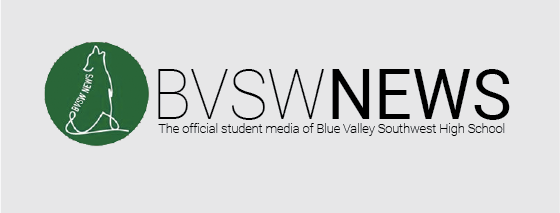2014 innovation
Drug Policy Alteration
According to principal Scott Roberts, the new drug and alcohol policy has not changed as far as consequences of students using illegal substances. However, what has changed is the amount of enforcement and location of usage. In the old policy, students were only punished if they committed an offense during their playing season, when they were at school or at a school-sponsored event. Coaches have always had the authority to enforce a stricter policy than the district; nonetheless, some coaches told their students in the past that they were not allowed to participate if any of that type of behavior occurred throughout the entire year, not just during their sports season.
“I personally think [the policy] is a little severe, but I think it will do its job of keeping players focused on what really matters on and off season,” junior Matt Wilkinson said.
The new district policy is now able to take action 365 days a year, 24/7. For the first offense, the punishment is suspension of extra-curricular activities for up to half of the season. If a student self-reports before the school finds out, the suspension may be reduced. Roberts also stated that the main idea of the policy is that the offense has to be verified for the school to take action. For example, the most common way for something to be verified is by a police report, not by a rumor the staff may hear or by one student telling the office about another student.
“The reason that the board pushed for this policy so much was to give reason to people to do good outside of the season,” Roberts said. “It holds students to standards. The student gets all the glory, college scholarships and recognition of being in an activity, so they should be held to that throughout the whole year. We also hope that this gives students an out in a bad situation.”
Advisory Transformation
“Frankly, I think our advisory program has lacked in direction and needed to be improved and needed a shift,” principal Scott Roberts said.
The new advisory is split into classes based on grade level. The freshmen have different needs such as transitioning into high school, which is a lot different than the needs of the juniors and seniors, who are exploring college options.
This year throughout advisory, juniors and seniors will be exploring more tools in the Naviance program. Naviance provides help and ideas with future college plans as well as career options.
Roberts still wishes for each class to build bonds not only with the teacher, but with the students as well. As of now, both the teacher and the students in the classroom will remain the same throughout high school. They will also be pairing senior and sophomore classes with freshman and junior classes to do bonding activities during advisory. The staff, including Roberts, hopes to keep advisory engaging, but would also like to have students get something out of it.
As far as HUBS, it will be completely separate from advisory. Freshmen and mentors will be with different teachers for HUBS and advisory.
“I like how we will get to know people in our grade and they would probably be able to help me with class work because we will be taking similar classes, but I’ll miss my advisory teacher,” sophomore Tatum Mays. “It made it easier to be with the same teacher for advisory and HUBS for the mentors.”
Junk Food Elimination
Lunch food that was provided last year will differ greatly in this upcoming school year. Blue Valley’s goals for a healthy lunch this year are to provide fruits and vegetables, raise the amount of whole grain being served and serve only low-fat or fat-free milk. They also intend to limit calories and portion size based on the age of students. Lastly, they want to reduce sodium and fat in each meal. Under the United States Department of Agriculture’s [USDA] laws of lunches being sold at school, many food items that were provided last year will no longer be sold at school because they do not pass the new regulations. In addition, the lollipops previously sold at lunch will be sugar free.
All foods sold in schools must have their main ingredient as a whole grain, a fruit, a vegetable, a dairy, or a protein. Or, instead, they must contain 10 percent of the Daily Value that kids aren’t getting enough of, such as vitamin D or calcium.
Nutrition labels will be of high concern as well. Snack items cannot exceed 200 calories, while entrées cannot exceed 350 calories. Sodium limits are 230 grams for the snack and 480 grams for the entrée. There should be zero grams of trans-fat in any food provided, and the total fat cannot be greater than 35 percent of calories, the saturated fat can only be 10 percent of calories, and the maximum sugar weight in foods cannot be greater than 35 percent.
“Just because we have obese Americans doesn’t mean they won’t go home and eat, so I should be able to eat what I want at school,” junior Sydney Fitchett said.
Taken from the Blue Valley Districit website
https://schools.healthiergeneration.org/focus_areas/snacks_beverages/smart_snacks/product_calculator/.





